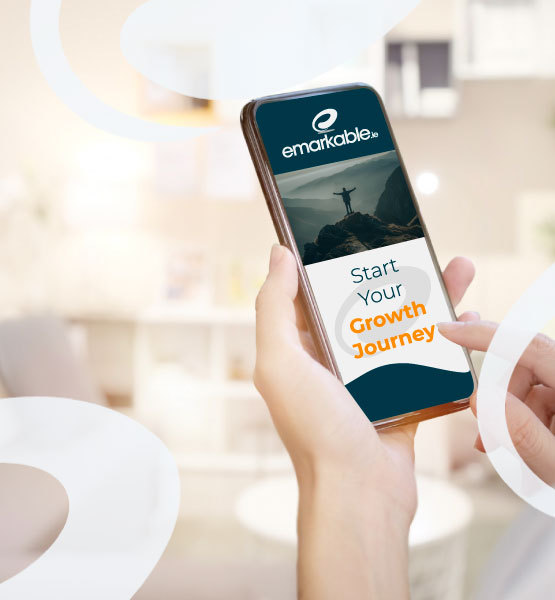Calls to Action: What You Need to Know about Using Them
A call to action can make the difference between you closing a sale and a potential customer leaving your website. These are powerful tools that allow you to achieve a number of other goals, too. They’re not just useful for boosting sales and profitability. Calls to action can be used in a wide range of content, from your website copy to your email marketing to social media posts, and they can serve a wide range of needs. However, if you’re not using them correctly (or at all), you could be short-circuiting your success.
What Is a Call to Action?
A call to action, or CTA, is exactly what it sounds like. It’s a line of text in an email or on a website page, or even a button, that tells a reader what action you want them to take. Sure, they’re used frequently in sales. However, they’re just as useful in almost any other type of marketing effort. Here are a few examples of calls to action that you might have seen in your own life:
- Sign up now
- Use free for 14 days
- Click to join
- Buy now
- Start your free trial
- Click here to get started
Again, those are just a few basic examples that should be familiar to almost anyone who has spent any amount of time on the Internet or reading their emails.
What Do Calls to Action Do?
So, what’s the point of a call to action? Really, the purpose is right there in the name. It’s a call for the reader or recipient to take a specific type of action. It could be to request more information or to buy a product. It could be to register for an account, or something else.
Why does the action matter? Often, it’s the first step in the customer’s journey through the rest of the sales funnel. It’s about convincing others to do something that benefits them and your business. For instance, it could provide a consumer with access to additional valuable information that helps them address challenges in their daily life. For your business, it could be another name on your email marketing list, increasing your chances of profitability. No matter how you cut it, calls to action are essential tools, but they must be done correctly.
Writing Calls to Action – How to Create Powerful CTAs
The first thing you need to understand is that basic calls to action don’t deliver the results that you need. “Sign up” does not have the same impact as “Start your free trial now”. “Click here” doesn’t have the same traction as “Get your free money”.
No, your calls to action don’t need to be over the top, but they do need to be interesting enough to stand out, and powerful enough to command attention. Finally, they need to be persuasive enough that you can convince your reader to take whatever action it is you want.
To create a powerful call to action, you first need to determine what action you want to be taken. Are you trying to get people to sign up for your email list? Do you want more direct purchases? Are you trying to get people to visit your social media accounts?
Once you’ve decided what it is you want the audience to do, you need to start writing compelling copy. Use strong verbs and other action words to compel your readers to act. Vague or generic text won’t cut it here. You also need to avoid using words that make the reader feel like they’re giving something up – submit, or buy, for instance.
You need to keep your text as brief as possible, particularly if you’re embedding your CTA in a button. Note that not all CTAs are used with buttons. Blog posts, articles, even white papers and emails can use calls to action at the end that encourage the reader/recipient to take an action with no need for a physical button. In general, though, button-based CTAs should be no longer than about five words. Purely text-based CTAs can be longer but avoid the temptation to hyperlink an entire sentence.
Finally, make sure that you’re positioning your CTA in the right place. Generally, the end of your email, web page, blog post, or another piece of content is a good place. However, there are others depending on your goal and the medium in question. For instance, a CTA for an email list could work very well smack in the middle of your homepage, or even near the top near the navigation controls.
Finally
Ultimately, a powerful call to action uses active verbs and phrasing, is located correctly, is not too long, and does a good job of communicating exactly what you want your audience to do and what’s in it for them.





